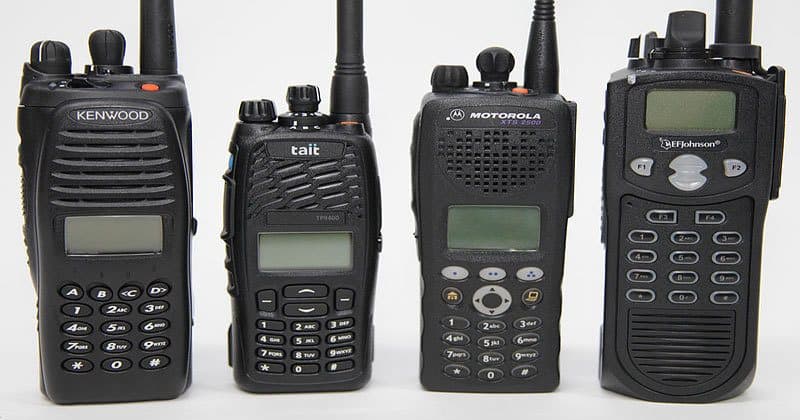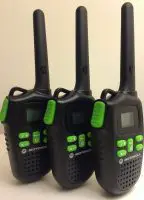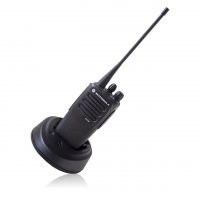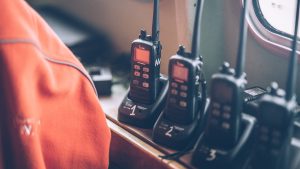Because of their interactions with police, movies, or television shows, people often wonder how do police scanners work? A radio scanner can be defined as a radio receiver that has the ability to check radio signals quickly and allow the user to listen to two-way radio calls.
Police scanners are commonly used by the police in their daily activities including during traffic controls, security checks, or when responding to various calamities. The scanners rely on short transmissions aided by the numerous radio channels.
The police use different models of scanners in their daily duties. The police scanners can be either portable, which is used on the go, or mobile models that are used in cars or offices. The portable scanners with rechargeable batteries are more popular among the police.
As technology advances, the quality of police scanners has been gradually improving. Currently, you can find modern scanners that you can control through the serial port of your personal computer with the help of special software. The high-end digital police scanners allow police with logging stations and enable them to duplicate scanner controls through the software application and to setup a trunked radio system.
Table of Contents
How Do Police Scanners Work?
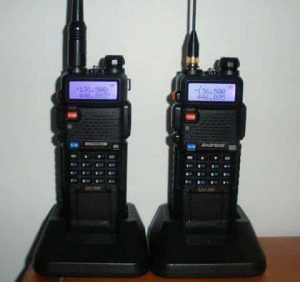
Police scanners can vary depending on the model and manufacturer. However, there are common controls that you can find on virtually every radio scanner. These controls are:
Volume control: This button allows the user to increase or reduce the volume of the radio frequencies they are listening to.
Squelch: This adjustable control allows the scanner used to keep the speakers muted where there are no transmissions. This control can be used regardless of whether the radio is scanning, searching, or manually scanning through stored frequencies.
WX button: This control is only available on the new scanner versions. It is used to scan for factory-written frequencies that have the ability to receive nationwide weather broadcast reports from NOAA.
Numeric keypad: This control allows the scanner user to enter frequencies when programming the device and can be used in combination with the ‘limit button’. The limit button allows the user to enter the lower and upper ranges of two frequencies. It can also be used to enter frequencies that you find after scanning. The ability of a scanner to store searched frequencies varies from one device to another. Scanners that are more expensive will allow you to store more frequencies.
Search button: This control button allows the scanner to start on a continuous loop when searching for unknown frequencies that exist between two frequency intervals.
Manual button: This button allows a scanner user to browse through the stored frequencies in the scanner. Depending on a scanner type, the number of frequencies stored in scanner’s inbuilt memory can range from 100 to 300.
Scan button: This control allows users to start the device and loop through the stored frequencies. The scan will stop immediately it detects a radio signal on the frequency bank stored in the device. It can move to the next stored radio frequency once the signal ends. A police scanner can allow users to disable bank frequencies when scanning. Depending on the model of the scanner and the manufacturer, the stored frequencies can be between 10 and 30.
Delay button: As the name suggests, the button allows the scanner to stop shortly on a frequency before moving to the next. The delay is meant to ensure that the user can listen to the radio conversation on that frequency.
Lockout button: This control button allows the user to set the scanner such that it will not stop at a stored frequency. This allows the police to lock out specific frequencies that might be of little concern to them at a specific time.
Importance of Police Scanners
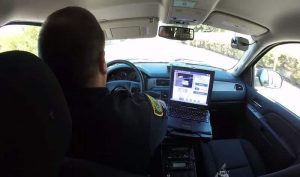
- Police scanners facilitate a rapid response to emergencies: Listening to frequencies allows police to respond to emergencies such as floods and earthquakes in a timely manner. This is because radio scanners allow easy sharing of information on such catastrophes and allow for a rapid response that can lead to saving of lives and properties.
- Police scanners are a source of information: Listening to radio frequencies allows the police to gather the necessary information on what is happening in their locality. Such information can be used to prevent crimes that could have otherwise happened.
Although most of the police frequencies are available to the public, some limitations may apply, especially on access to sensitive information. Such limitations include:
- You can not legally use a police scanner in every state in the United States. Check out this article to find out in which states it is illegal to use a police scanner.
- Law enforcement officers are allowed to use audio inversion devices to scramble radio signals to limit the public access to data on sensitive frequencies. Such scramble technologies have been widely used, especially where there is a risk of the public accessing information that can be a threat to the stability of a state.
- Scanners cannot listen to every frequency: It is important to note that police scanners do not have the ability to tap into all the frequencies. For instance, most of the consumer grade scanners cannot access frequencies on 900-MHz cordless phones because the gadgets use the digital spread spectrum (DSS). All the mobile analog frequencies are also not accessible to the public because such access would be against the law.
Conclusion
Police scanners will help you access a wide variety of information. You can use the scanners to listen to emergency calls, railroads control centers, air traffic control, rescue squads, stadiums, and police calls, among many other messages. The quality of the audio and available frequencies will depend on the type of your scanner you have. Hopefully you now know the answer to how do police scanners work!


